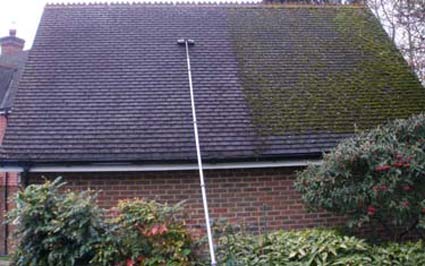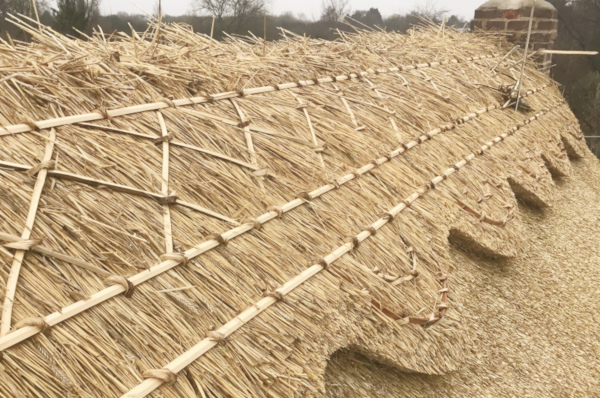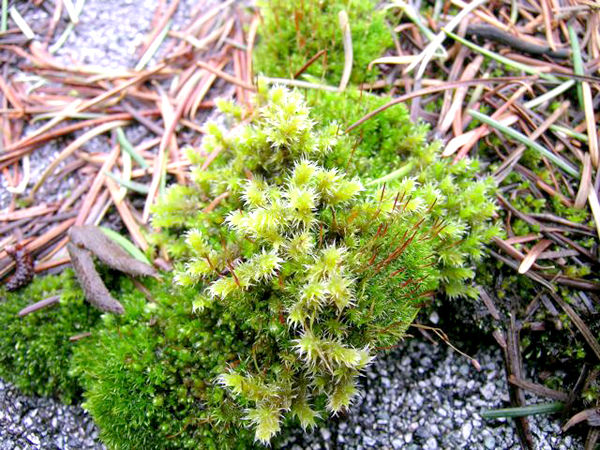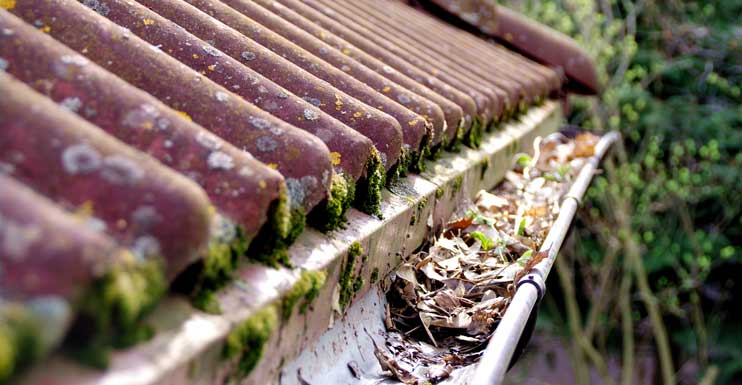Getting Rid Of Moss On Thatched Roof

Getting rid of animals.
Getting rid of moss on thatched roof. If you notice the roof looking shabby and its fixings are exposed it is a good sign that your roof has reached its lifeline and should be replaced or re thatched. Less easy but of far greater importance is the next step of removing the dead moss from the roof. Size of the roof. Apart from a new ridge every 8 15 years if a thatch roof is well maintained then it can last for many many years and the killing and removal of moss and its spores will help with this long lifespan.
The larger the property the higher the price is likely to be. At that point the roof must be replaced. But there are easy ways to kill moss on your roof with either dry or wet applications. Carefully place a ladder near the area of moss growth and don slip resistant shoes old clothes rubber gloves and eye protection.
There are worldwide more 10 000 species of moss and some of these grow on thatched roofs. The thatch remains looking new for years which relieves you of the expenses of costly repairs controlling moss and algae growth on a thatched roof can add as many as 15 years to its lifespan by preventing the decomposition of thatching material. Moss is a small flowerless green plant which does not have roots and grows in low carpets or rounded cushions. An in depth look at roof moss and how to get rid of it.
Zinc everything you. Getting a thatched roof initially installed is a labour intensive process as is a full re thatch. Most moss grows in moist dark areas thus making a thatched roof with a darker aspect ie overhung by trees a good environment. Many people also find the growth of moss on a thatched roof unsightly and it will attract birds to the roof which can cause additional problems.
The moss problem moss lacks a root system and like some orchids takes it nutrients from the air. This process can take a good few weeks and is priced on the size of your property. A thatcher will take into consideration the following. Disadvantages of a thatched roof.
Increasingly or so it seems moss and lichen seem to be colouring the surface of thatched roofs especially on shaded north facing slopes. Hose off and brush all moss loose from your roof shingles. When roof moss gets thick enough that it crowds out the shingles and creates decay there is no turning back. You also need to keep an eye out for gullies and make sure that the thatch roof is exposed to the sun and wind to prevent the buildup of moss and algae.
It is impossible to say whether this is due in part to global warming but certainly milder winters and what i would call a more uniform climate especially in temperature terms throughout the year in the uk must have some bearing on the growth of moss and. Get some bare copper wire and run two strips the length of your roof.













































